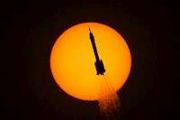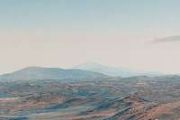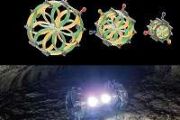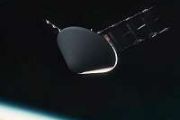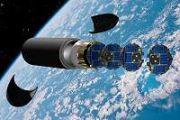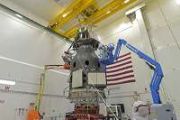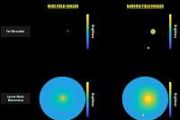
Copernical Team
BepiColombo braces for third Mercury flyby
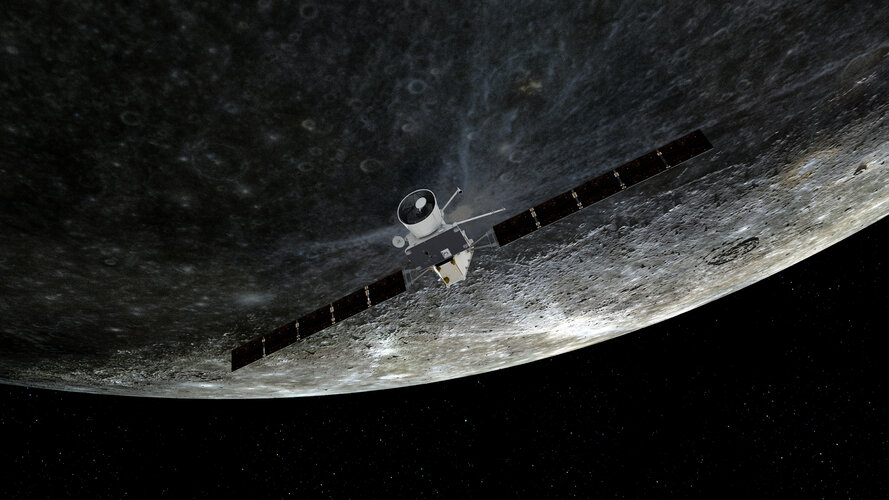
The ESA/JAXA BepiColombo mission is gearing up for its next close flyby of Mercury on 19 June, when it will pass the planet’s surface at an altitude of about 236 km.
Ariane 5 flight VA261: follow the launch

Europe’s Ariane 5 rocket is being prepared for its final flight. You can follow the launch live on ESA Web TV. Flight VA261 will lift off as soon as 16 June at 23:26 CEST, pending suitable conditions for launch.
Broadcast begins 22:55 CEST/21:55 BST on ESA Web TV
Liftoff scheduled for 23:26 CEST/22:26 BST/21:26 UTC/18:26 Kourou
Discharge test for launcher antenna
 Image:
Discharge test for launcher antenna
Image:
Discharge test for launcher antenna Satellogic earth observation constellation continues expansion with SpaceX Transporter-8 Mission
 Satellogic Inc. (NASDAQ: SATL), reports that four NewSats Mark-V spacecraft successfully reached low-Earth orbit following a SpaceX Falcon 9 launch on June 12th from Vandenberg Space Force Base in California. This marks Satellogic's 15th mission and its first payload comprised exclusively of its latest generation spacecraft with advanced Earth Observation ("EO") capabilities.
Each spacecra
Satellogic Inc. (NASDAQ: SATL), reports that four NewSats Mark-V spacecraft successfully reached low-Earth orbit following a SpaceX Falcon 9 launch on June 12th from Vandenberg Space Force Base in California. This marks Satellogic's 15th mission and its first payload comprised exclusively of its latest generation spacecraft with advanced Earth Observation ("EO") capabilities.
Each spacecra D-Orbit launches 11th orbital transportation mission in years
 Space logistics and orbital transportation company D-Orbit launched "Above the Sky", the 11 th commercial mission of their proprietary orbital transfer vehicle (OTV) ION Satellite Carrier (ION). The OTV lifted off on June 12 th , 2023, at 2:19 p.m. PT (21:19 UTC) aboard a Falcon 9 rocket from the Space Launch Complex 4 East (SLC-4E) at Vandenberg Space Force Base in California, and was successfu
Space logistics and orbital transportation company D-Orbit launched "Above the Sky", the 11 th commercial mission of their proprietary orbital transfer vehicle (OTV) ION Satellite Carrier (ION). The OTV lifted off on June 12 th , 2023, at 2:19 p.m. PT (21:19 UTC) aboard a Falcon 9 rocket from the Space Launch Complex 4 East (SLC-4E) at Vandenberg Space Force Base in California, and was successfu SpaceX Transporter-8 delivers 6 NanoAvionics satellites to orbit
 Kongsberg NanoAvionics recently announced a significant accomplishment in the field of space technology as SpaceX's Transporter-8 mission successfully placed six of its satellites into orbit. Among these, the Tiger-4 stands out, given its key role in bolstering the 5G Narrowband-IoT constellation in low Earth orbit (LEO). This constellation, overseen by telecoms operator OQ Technology, has expan
Kongsberg NanoAvionics recently announced a significant accomplishment in the field of space technology as SpaceX's Transporter-8 mission successfully placed six of its satellites into orbit. Among these, the Tiger-4 stands out, given its key role in bolstering the 5G Narrowband-IoT constellation in low Earth orbit (LEO). This constellation, overseen by telecoms operator OQ Technology, has expan NASA laser communications terminal delivered for Artemis II lunar mission
 The laser communications system for NASA's Artemis II mission arrived at NASA's Kennedy Space Center in Florida for integration with the Orion spacecraft, which will carry astronauts around the Moon for the first time since the Apollo missions.
On November 16, 2022, NASA launched the Artemis I mission, an uncrewed flight test that took the human-rated Orion spacecraft farther into space th
The laser communications system for NASA's Artemis II mission arrived at NASA's Kennedy Space Center in Florida for integration with the Orion spacecraft, which will carry astronauts around the Moon for the first time since the Apollo missions.
On November 16, 2022, NASA launched the Artemis I mission, an uncrewed flight test that took the human-rated Orion spacecraft farther into space th Aerospacelab's Gregoire satellite launched on Spacex's Falcon 9 Via Exolaunch
 Aerospacelab, the fast-growing small satellite Belgian manufacturer, and Exolaunch, the German-US global supplier of mission management and integration services, are pleased to announce the launch of Aerospacelab's Gregoire satellite, the company's second private small satellite to travel into space. Two years after Aerospacelab's first satellite mission (Arthur-1) flew into space on SpaceX's se
Aerospacelab, the fast-growing small satellite Belgian manufacturer, and Exolaunch, the German-US global supplier of mission management and integration services, are pleased to announce the launch of Aerospacelab's Gregoire satellite, the company's second private small satellite to travel into space. Two years after Aerospacelab's first satellite mission (Arthur-1) flew into space on SpaceX's se Spire enables optical inter-satellite links with reduced data latency
 Spire Global, Inc. (NYSE: SPIR) has made contact with two satellites on the SpaceX Transporter-8 mission carrying optical inter-satellite link (OISL) payloads that will significantly reduce data latency and strengthen security of communication.
The 6U satellites are equipped with optical communications terminals (OCT) to send information between them securely and almost instantaneously, re
Spire Global, Inc. (NYSE: SPIR) has made contact with two satellites on the SpaceX Transporter-8 mission carrying optical inter-satellite link (OISL) payloads that will significantly reduce data latency and strengthen security of communication.
The 6U satellites are equipped with optical communications terminals (OCT) to send information between them securely and almost instantaneously, re Terran Orbital supervises Italian students building satellite for first Vatican space mission
 A satellite created with the help of Terran Orbital Corporation's (NYSE: LLAP) Italian subsidiary, Tyvak International, successfully launched Monday, carrying Pope Francis's iconic "Statis Orbis" coronavirus pandemic prayer heavenward.
The Polytechnic University of Turin (PoliTO) CubeSat Team and DIANA Robotics Team designed the 3U CubeSat spacecraft for the papal Spei Satelles or Satellit
A satellite created with the help of Terran Orbital Corporation's (NYSE: LLAP) Italian subsidiary, Tyvak International, successfully launched Monday, carrying Pope Francis's iconic "Statis Orbis" coronavirus pandemic prayer heavenward.
The Polytechnic University of Turin (PoliTO) CubeSat Team and DIANA Robotics Team designed the 3U CubeSat spacecraft for the papal Spei Satelles or Satellit 
